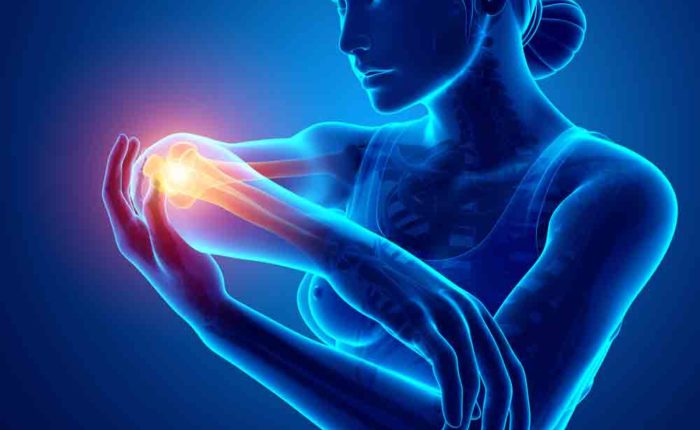Tennis elbow (lateral epicondylitis) is a painful condition that occurs when tendons in your elbow are overloaded, usually by repetitive motions of the wrist and arm. Despite its name, athletes aren’t the only people who develop tennis elbow. People whose jobs feature the types of motions that can lead to tennis elbow include plumbers, painters, carpenters and butchers.
Symptoms of Tennis Elbow
The pain associated with tennis elbow may radiate from the outside of your elbow into your forearm and wrist. The pain often begins slowly and gradually worsens over weeks or months. Pain and weakness may make it difficult to:
- Shake hands or grip an object
- Turn a doorknob
- Hold a coffee cup
Causes Include Sport and Occupational Overuse
- Overuse: Typically related to repetitive activity either with sport: tennis, weightlifting, golf or with occupation: keyboard entry, painters, plumbers, carpenters, autoworkers, cooks.
- Age: Most common between ages 30-50, but if related to poor technique can come on at any stage of life.
- Change In Activity: Frequently symptoms start after a change in type or frequency of activity; either sport, recreational or workrelated.
Physical Therapy Is 90% Successful In Treating Tennis Elbow!
Conservative treatments such as Physical Therapy will be successful in greater than 90% of cases. Better outcomes are achieved when treatment is initiated earlier. Anti-Inflammatory medication and/or a local steroid injection are useful in conjunction with physical therapy to assist in allowing a more progressive exercise program.
- Relative Rest – A short period of rest from aggravating activities may be needed to initiate healing. Successful PT involves re-introducing activity gradually once the patient is responding to the eccentric exercise program.
- Ice – Patient education in the use of ice is important. Ice should be applied immediately at the completion of aggravating activities (sport, work, etc).
- Manual Therapy – SOL Physical Therapy + Performance clinicians apply soft-tissue release techniques to prevent adhesions at the tendon attachment, and to release tightness in the opposing muscle group (the flexors). Mobilization treatments may be applied at the cervical spine if involvement is indicated from the assessment. Joint mobilization to the elbow also helps improve grip strength, decrease pain and improve function.
Don’t wait to feel better, make an appointment at SOL today!


